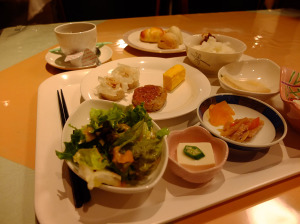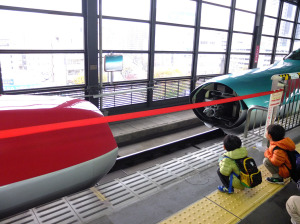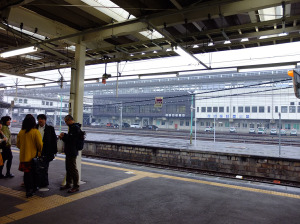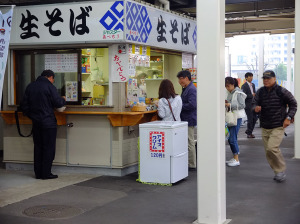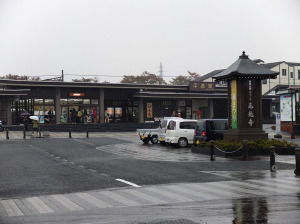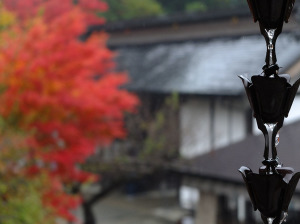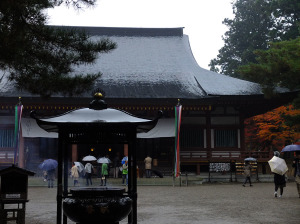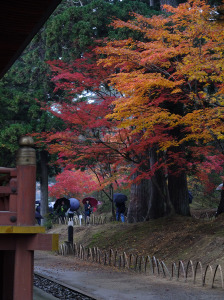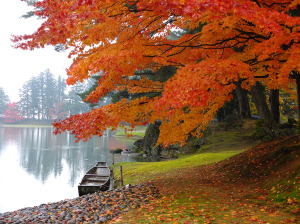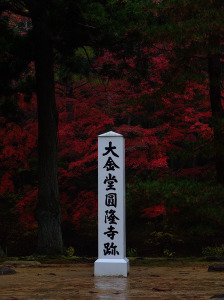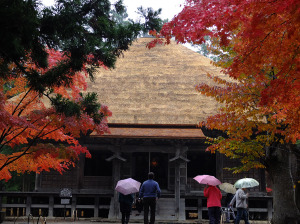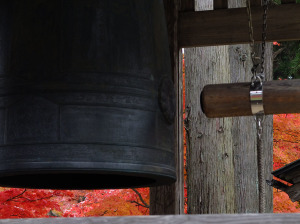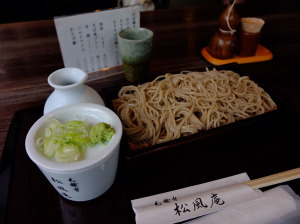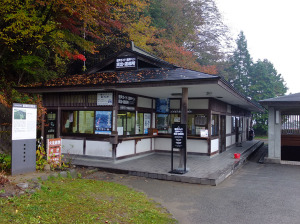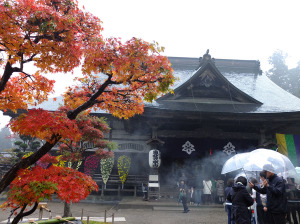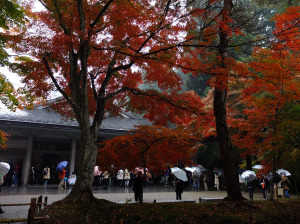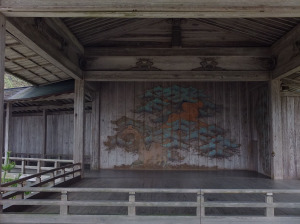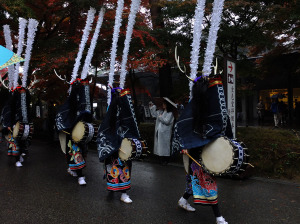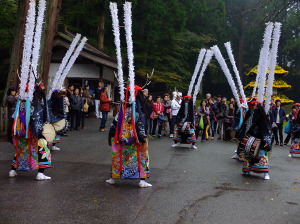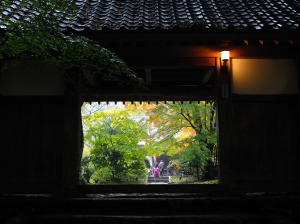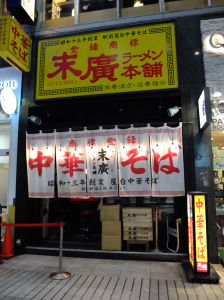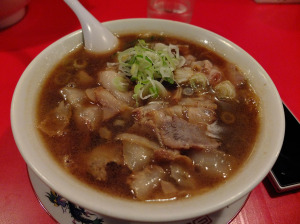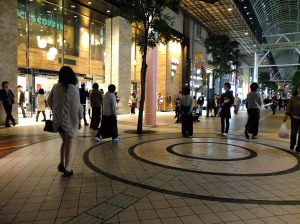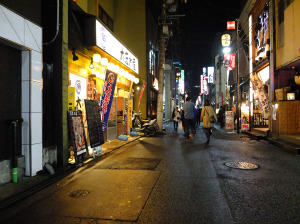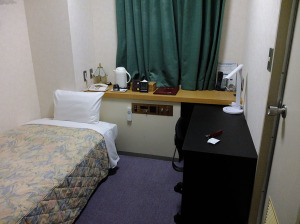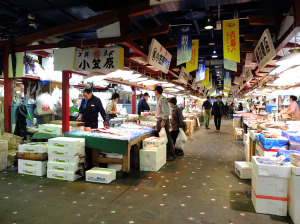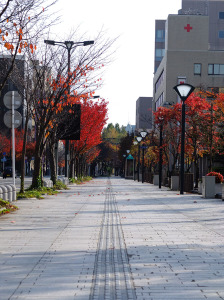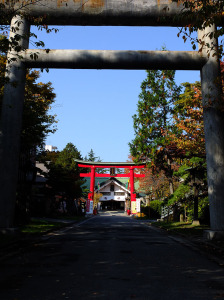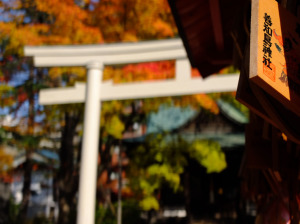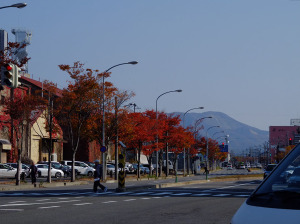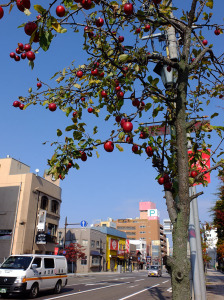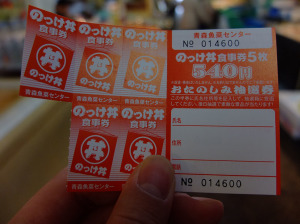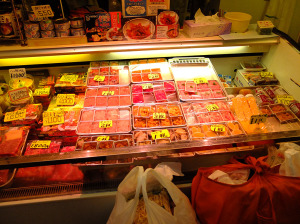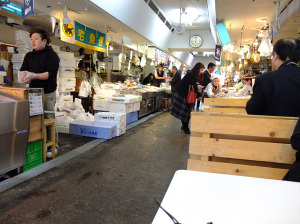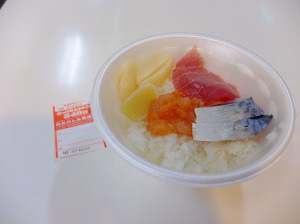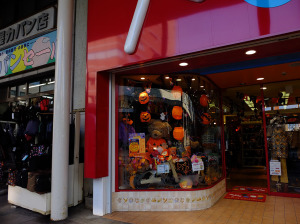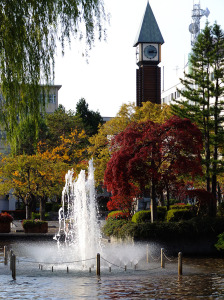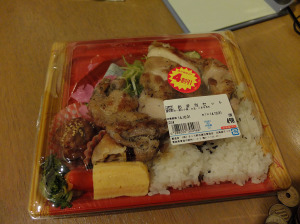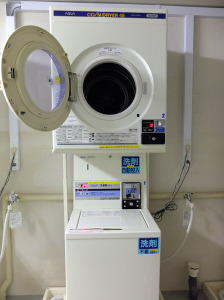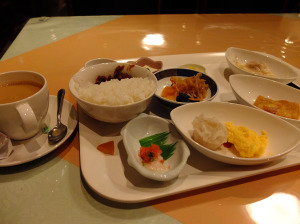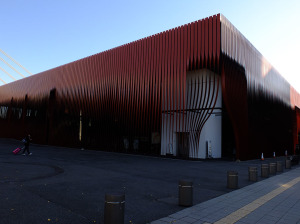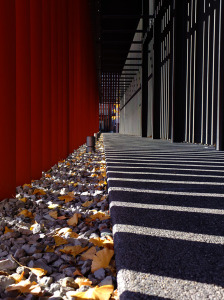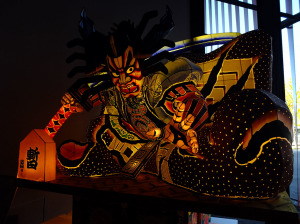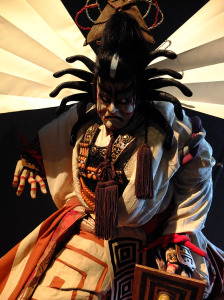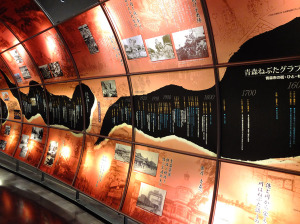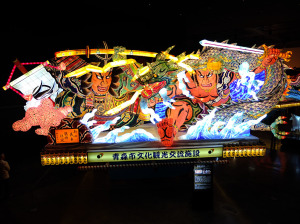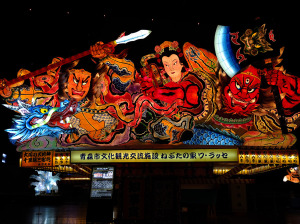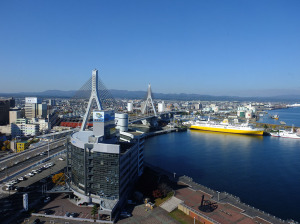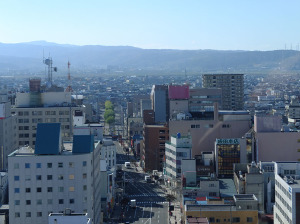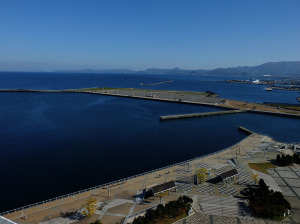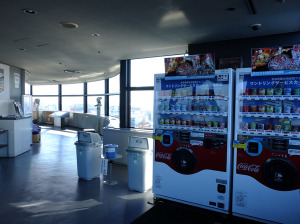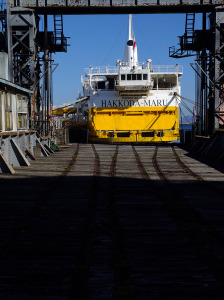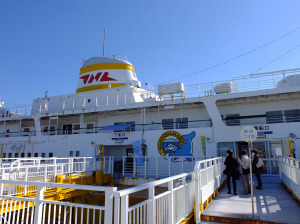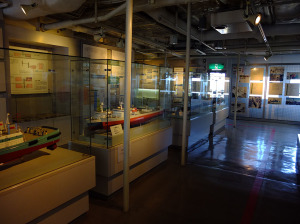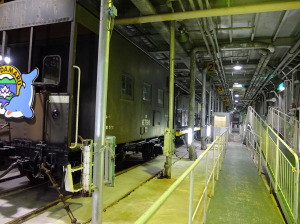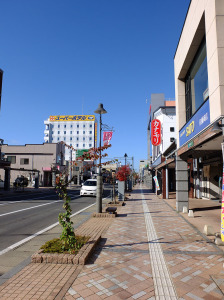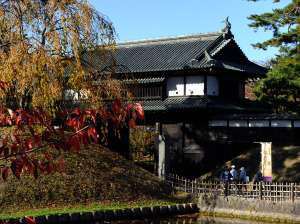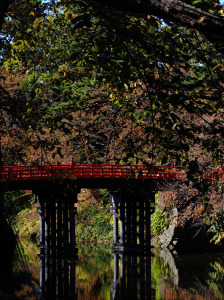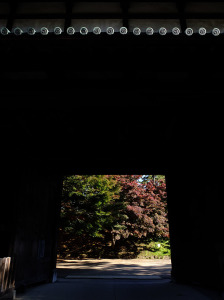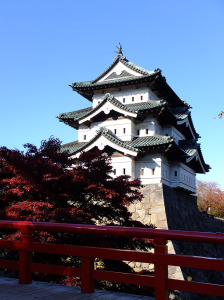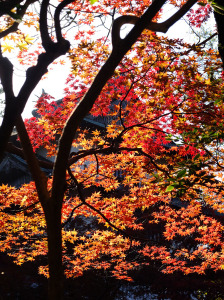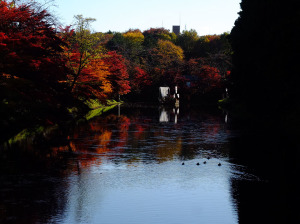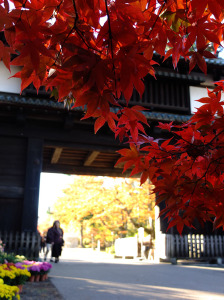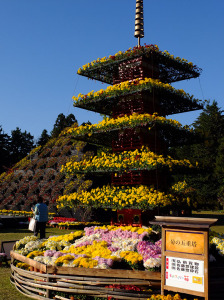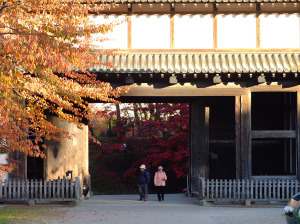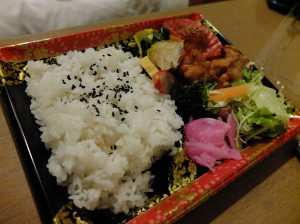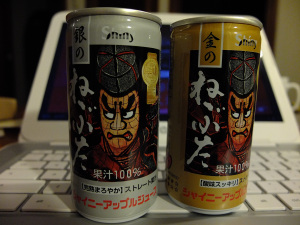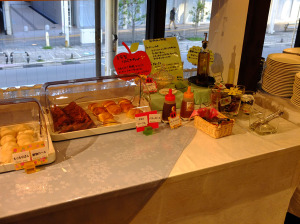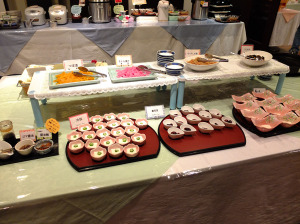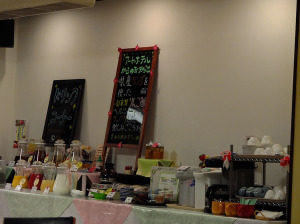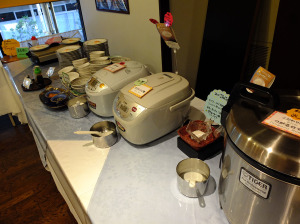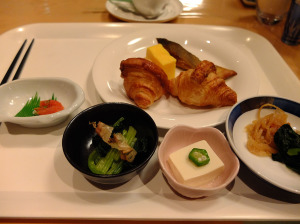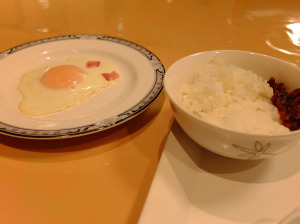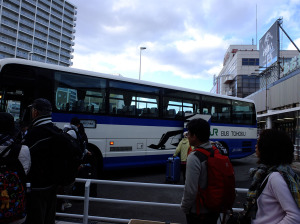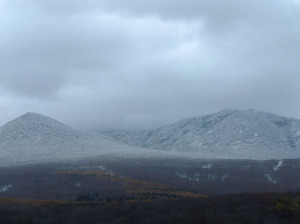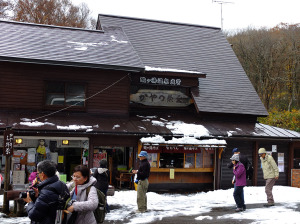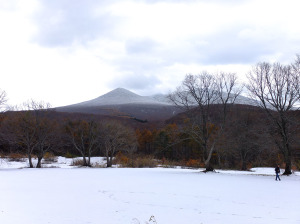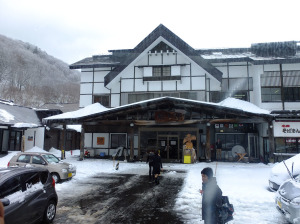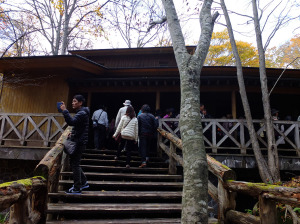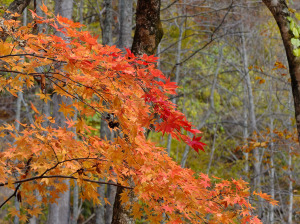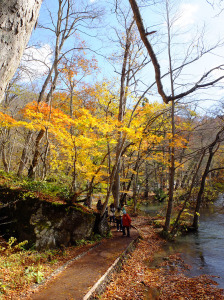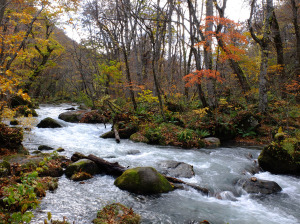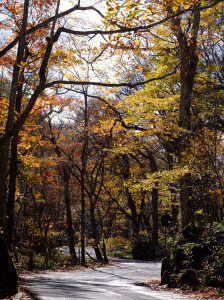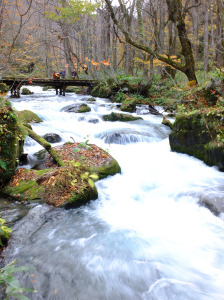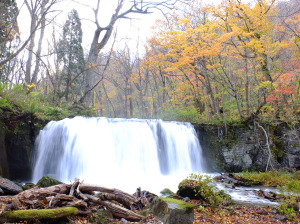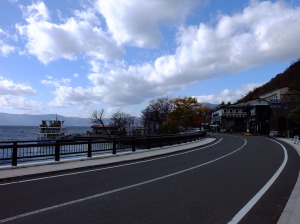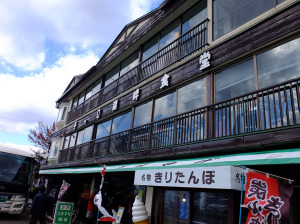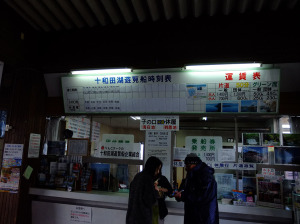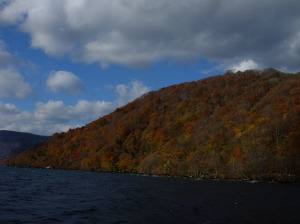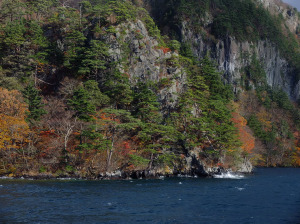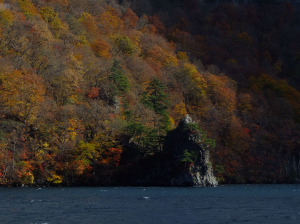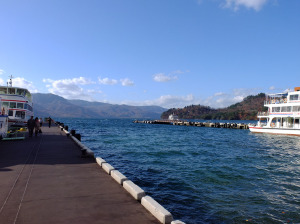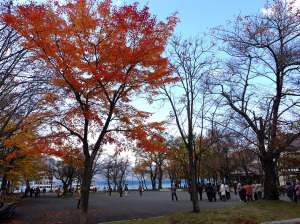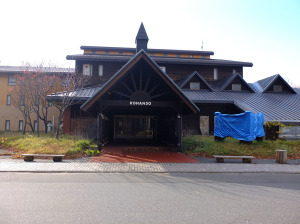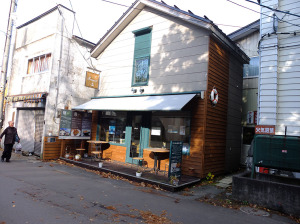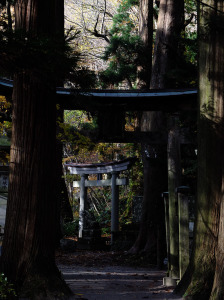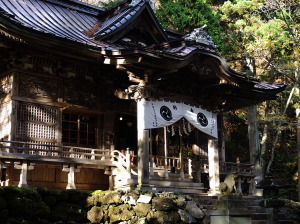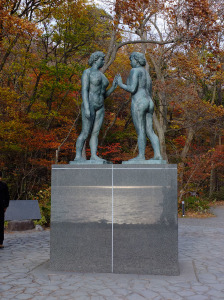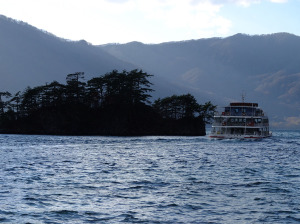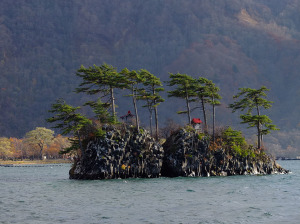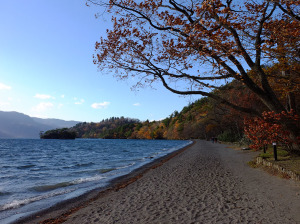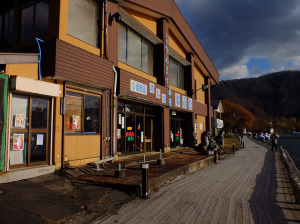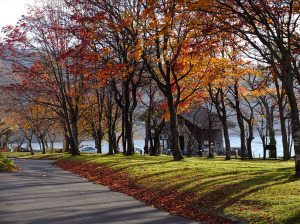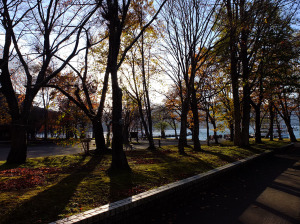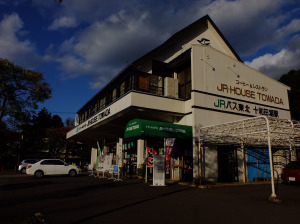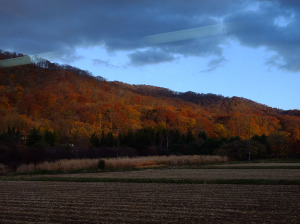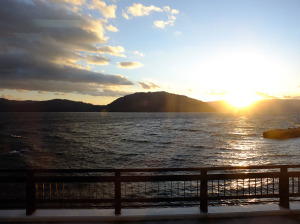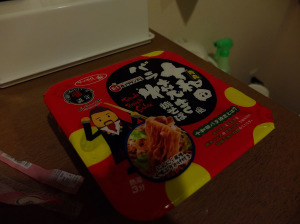No Twilight Express vacancy showed up for today so the plan continues as usual.
I say goodbye to Aomori and the hotel’s delicious breakfast and head south to Sendai, in preparation to go to Matsushima the next day.
On almost a spontaneous decision, I decide to get off at Morioka and go to Chusonji.
Chusonji is a world heritage site with many temples. Best known for the Konjiki-do, the Golden Hall that is the mausoleum for the Fujiwara clan that once ruled northern Japan. I had researched the location and made some rough plans before but it was never a set thing. Chusonji is kind of out of the way, about halfway between Morioka and Sendai it requires several transfers, from the express Shinkansen to an all stop Shinkansen at Morioka, then to the local train at Ichinoseki, about a 2 hour detour each way.
Since there’s not much I have planned in Sendai, may as well go there.
I leave my luggage bag at Ichinoseki. They’ve thoughtfully placed several lockers just outside the Shinkansen area for transferring passengers.
Motsuji is part of the world heritage site and about 5 minutes walk from the station. Founded in the 800s it became an important buddhist site receiving patronage from the Fujiwara clans. Most of its glorious temples and pagodas was burnt down in the 1200s sadly, and all that’s left are the foundations of leftover ruins.
Not sure if it’s coincidence, but it’s raining again…. it’s like whenever I visit a temple the weather is never good.
The rain has gotten heavier so I decide to take shelter and have lunch at the soba place at Motsuji.
The rain stops just in time when I finish lunch and I catch the bus to Chusonji proper.
At the bottom of the main pilgrimage trail is the visitor centre where they also offer audio guides for a very reasonable 800Y. I rented one and it is well worth it, giving in depth backgrounds to many of the halls and sites of significance, as well as the history, customs behind the many relics on display.
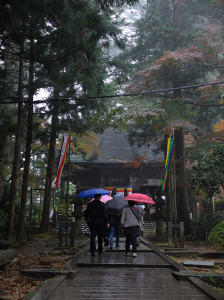
A temple dedicated to the Benkei, a loyal servant who died while still standing, protecting his lord to the end
While at Chusonji, a troop of demon looking dressed people come up the main trail and begins to perform and dance in the main courtyard. I’m not sure of the origin or reasoning behind it, quite cool and unexpected treat.
Photos are not allowed inside the Konjiki-do, when it is not called the Golden Hall without reasons. Imagine a temple that’s about 5 metres wide and long, its floor, columns and doors and eaves covered in gold, the interior decorated with flakes of shiny seashells and gold, 3 sets of golden buddha and his escorts stands solemnly over the raised platforms that is the sleeping place for four generations of the Fujiwara lords.
I have never understood the appeal of gold, having seen various gold coins, trinkets and such in museums and none have ever seemed beautiful to me. Having now seen the Konjiki-do, in its unthinkable scale and imposing presence, I feel I can understand why gold has been the symbol of luxury and grandeur in all civilizations past and present.
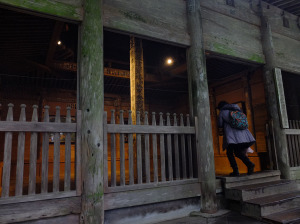
The wooden hall that used to house and protect the Konjiki-do until the modern day concrete housing was built
It’s about 5pm by the time I finally arrive at Sendai. The hotel is quite some way out from the station (1.5km), it’s the only reasonably priced one in Sendai. It’s a long weekend in Japan and all the hotels have upped prices three fold.
Should I get to the hotel then come back out for dinner? I pondered. Or should I leave my bad at the station, go find food and then check in at the hotel, then come back out for my bag after a shower.
Before I’ve figured out the problem is solved for me. I’ve been walking down the main shopping arcade and I so happen to come across a fairly popular chinese soba chain.
Since the opportunity presents itself, I am more than happy to take it.
I choose the regular soba at the vending machine and hand the ticket to the waiter. It’s not a big place, there’s only maybe 10 seats along the single counter.
On the counter are bowls of sping onion cuts used to balance the fat in the soup, one can put as much as one likes pending on one’s tastes.
It is the most oily and heavy, salty noodle I’ve ever had and yet strangely addictive. Not something I think I’d want to eat regularly, but definitely worth the try.
Sendai has a surprisingly lively night life, even at this hour there’s plenty of activity along the shopping arcade. And the izakeya streets are absolutely packed.
My stay is the Hotel Taiyo, an ancient business hotel close to the city’s main shopping district. It’s a good thing my Japanese is good enough now for simple conversation because the front desk knows absolutely no English (a first in Japan actually, they always know some English however little).
Though the hotel is old and so are the interiors it is well maintained.
